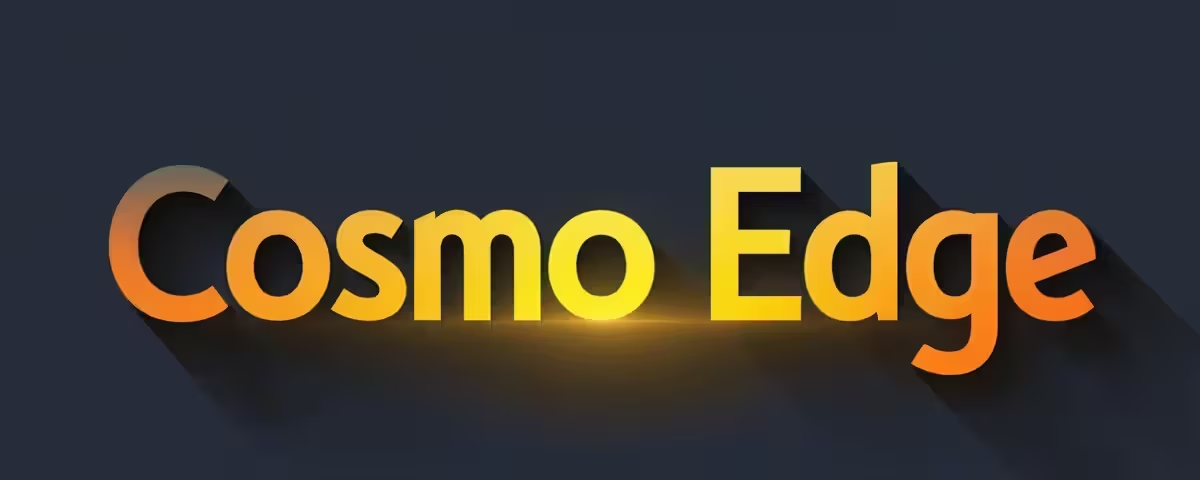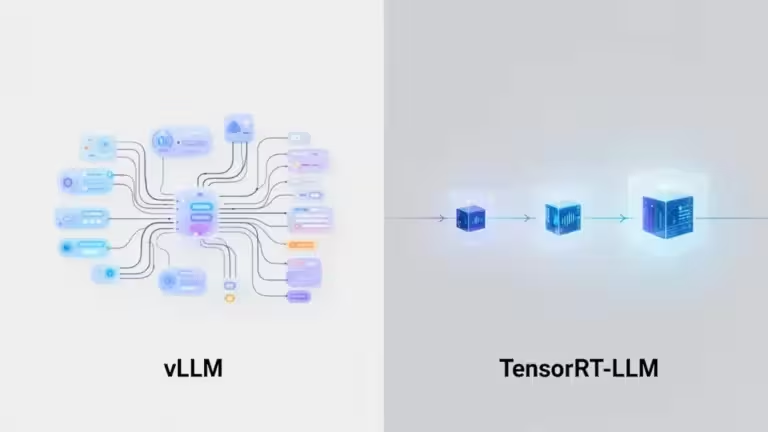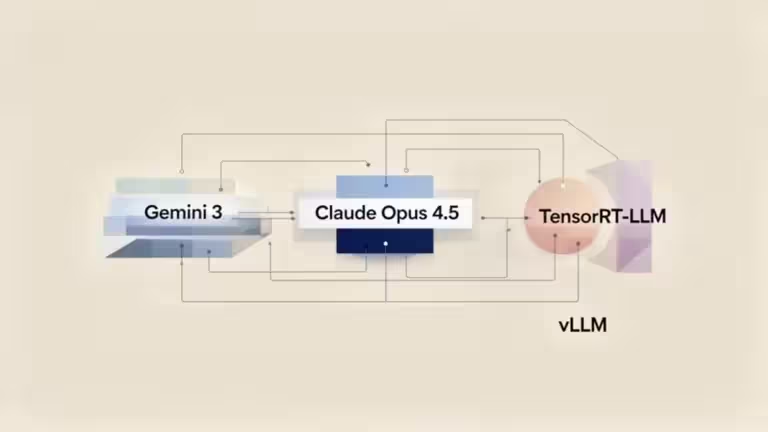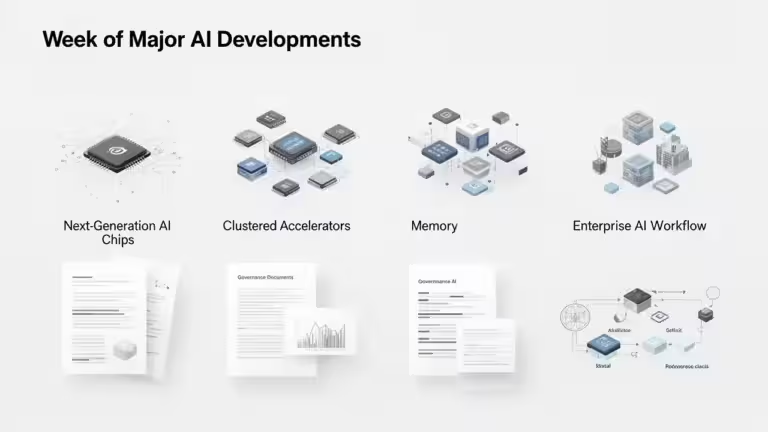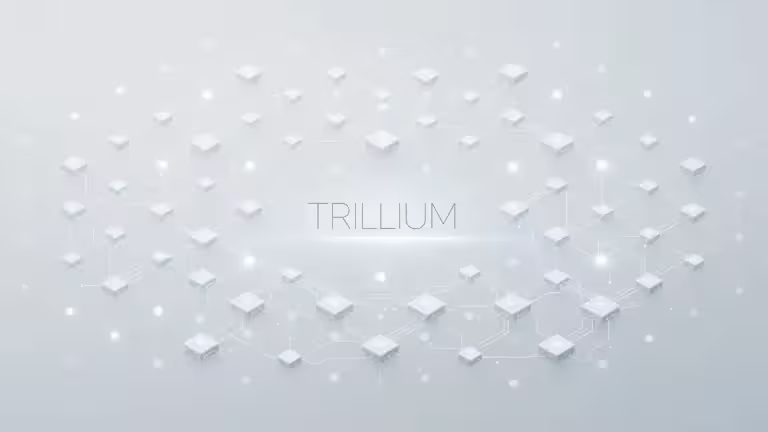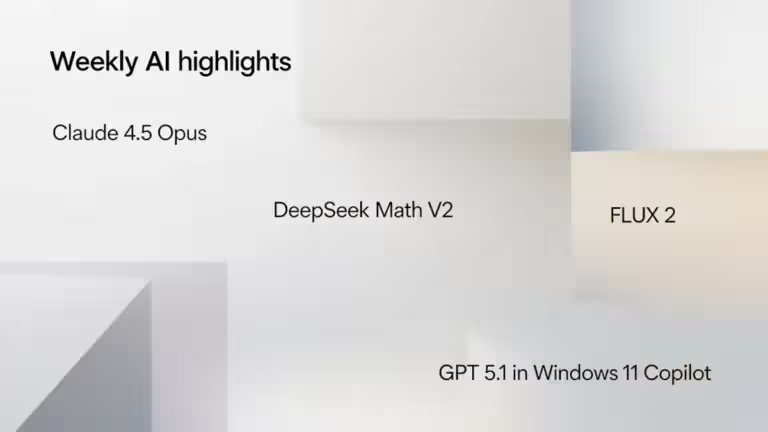Google AI Ultra and Veo 3: how far can you go with the included AI credits?
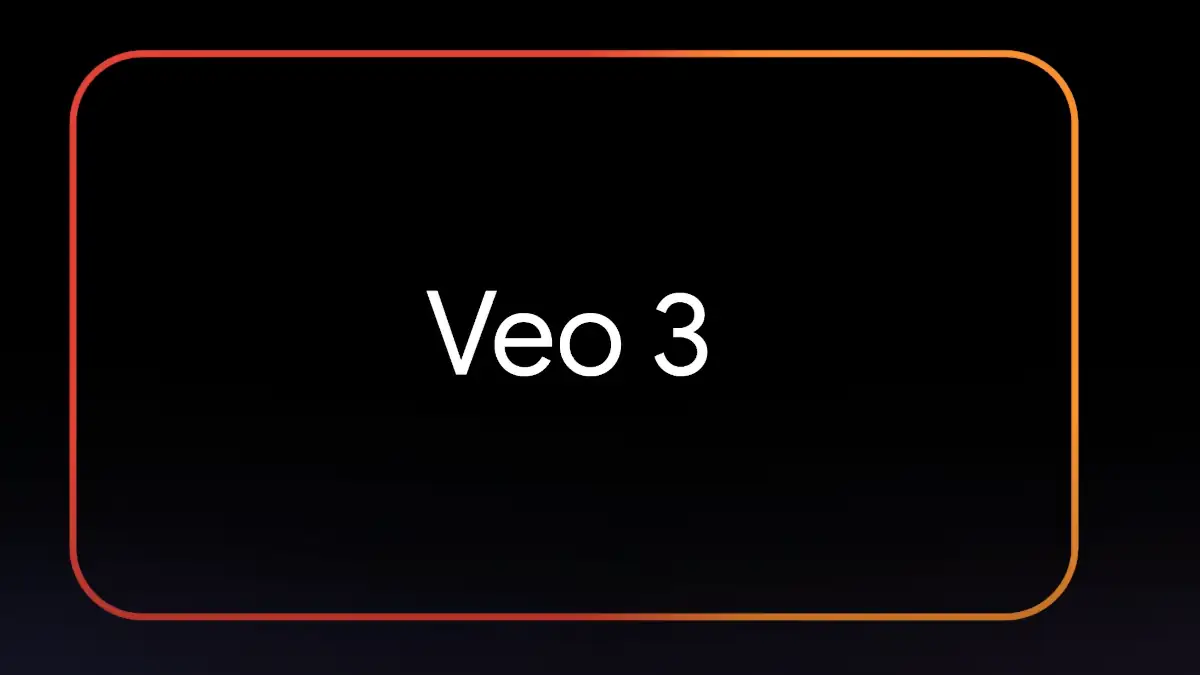
With the decline of advertising revenue on traditional websites and the rise of AI-powered web search, many content creators are turning to YouTube to diversify both their visibility and income streams. In this context, the boom of artificial intelligence applied to video creation is attracting a new generation of video makers, thanks in particular to Google AI Ultra and its Veo 3 tool, which promise to generate videos quickly with minimal human effort.
Some successful YouTube channels are already using AI—partially or entirely—to create their content. Inevitably … this sparks new ideas, both positive and controversial, whether for independent creators, image professionals, or businesses looking to innovate in their communications strategy.
But how far can you really go with the AI credits included in Google AI Ultra, especially when your goal is to publish regular monetizable YouTube content or branded communication videos? This article breaks down the real capabilities, limitations, and profitability of AI video production with Google’s new offer.
The rise of automated YouTube channels and AI workflows
For several months, there has been a surge in so-called “faceless” channels on YouTube. Many of these channels rely heavily on generative AI: automatic script writing, synthetic voiceovers, AI-assisted editing, AI-generated illustrations, and more.
This trend affects both English- and French-speaking communities and attracts creators seeking an optimized workflow: producing more videos, faster, often without ever showing their face or using their own voice.
Today, it’s possible to create a niche YouTube channel, entirely AI-generated and without human voices, while still achieving a highly professional result. The key factors are topic selection, script quality/translation, pacing, relevance of visuals, and YouTube SEO optimization. To truly stand out, however, there will almost always be a touch of human input, in shaping the style, choosing subjects, and setting the overall rhythm.
Even viewers themselves are sometimes unable to distinguish between an AI-generated video and “traditional” content. For those aiming to create or industrialize video production, Google AI Ultra and its Veo 3 video generator look like the perfect solution… but in reality, much depends on the AI credits included with the subscription, a detail that isn’t always highlighted at sign-up.
Google AI Ultra and Veo 3: what the AI credits offer
How Google Ultra AI credits work
The Google AI Ultra subscription provides access to a powerful suite of AI tools, including Veo 3 for video generation and Flow for automated editing. The use of these tools, however, is limited by a monthly AI credit quota:
- 12,500 AI credits included every month with Google AI Ultra (United States only at the time of writing)
- Each video generation consumes credits, depending on the quality selected
Credit costs for Veo 3 and Flow
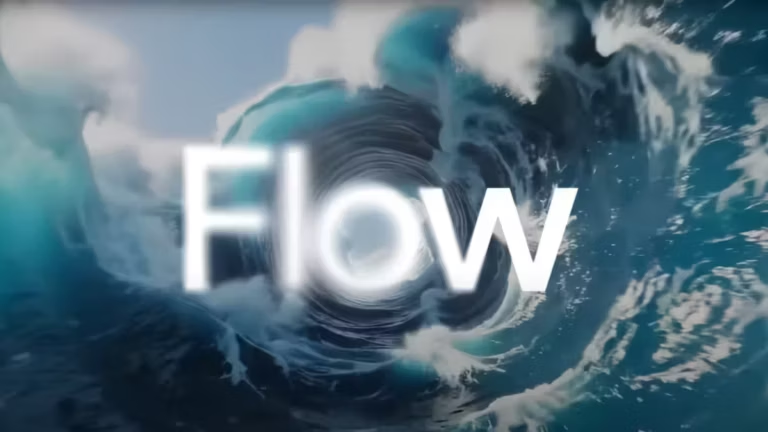
| Generation model | Credits required | Max number of videos/month |
|---|---|---|
| Flow Fast (Veo 2) | 10 | 1,250 |
| Flow Quality (Veo 2) | 100 | 125 |
| Veo 3 Highest Quality | 150 | 83 |
- Maximum video duration per generation: 60 seconds (1 minute) with Veo 3, regardless of quality level.
- 1080p videos are included in all modes, but “Highest Quality” uses the latest Veo 3 engine.
| Product | Model | Number of videos offered | AI credits needed per generation |
|---|---|---|---|
| Whisk | Animate | Up to 1,250 | 10 |
| Flow | Fast (Veo 2) | Up to 1,250 | 10 |
| Quality (Veo 2) | Up to 125 | 100 | |
| Highest Quality (Veo 3) | Up to 83 | 150 | |
| 1080p | Included | Included |
A strict ceiling for regular creators
With Google AI Ultra, you can theoretically generate up to 83 minutes of “Highest Quality” video per month. But in a real video production workflow, not all generations are kept for the final version:
- Tests, retries, and discarded scenes: it often takes several attempts to achieve a satisfying result, which multiplies actual AI credit consumption.
- Long YouTube videos: for optimal monetization, videos should be between 8 and 15 minutes long. For a channel publishing two 10-minute videos per week, that’s about 80 minutes of usable video per month—without even counting failed attempts.
The result: AI credit limits are quickly reached for any creator aiming for regular, professional publishing.
Should you buy extra AI credits to monetize on YouTube with Veo 3?
Calculating real needs for a YouTube channel
Let’s take the example of a creator who wants to publish 8 videos of 10 minutes each per month (one every 3–4 days), i.e., 80 minutes of final video.
- If there are no losses, the 12,500 included AI credits are enough, but only if every single generation is perfect (an unrealistic scenario).
- In practice, it usually takes 2 to 3 generations per usable minute (testing, variations, corrections…), which triples or quadruples consumption.
Pricing of rechargeable Google AI Ultra credits
To keep publishing at this pace, you’ll need to buy extra AI credits:
- 2,500 credits: $25
- 5,000 credits: $50
- 20,000 credits: $200
An ambitious creator can quickly exceed the $249.99/month Ultra subscription cost if they want to keep a professional publishing rhythm. The true cost of AI video production then becomes a critical factor in YouTube channel profitability.
Tips to optimize your AI credits on Google AI Ultra
- Prepare precise scripts: the clearer and more structured your prompt, the fewer retries you’ll need.
- Mix quality levels: use “Fast” or “Quality” for secondary scenes, keep “Highest Quality” for main shots.
- Assemble multiple generations: combine several 60-second clips to build a longer video, reusing satisfactory scenes.
- Avoid waste: refine prompts beforehand, analyze failed attempts, and track your AI credit usage carefully.
- Test before scaling: take advantage of the free trial period or discounted first months to refine your workflow.
Google AI Ultra, Veo 3, and the reality of automated YouTube business

The fully AI-driven workflow (AI-generated script, AI voiceover, AI video, automated editing) is a growing trend on YouTube, particularly among Anglo-Saxon “faceless” channels. But the phenomenon goes beyond YouTube: advertising is also affected. For instance, Carrefour has been airing weekly TV ads since January 2025 for its non-food offers, entirely generated with virtual AI visuals, in collaboration with Publicis.
However, AI credit limits are a decisive factor for scalability: it’s hard to compete with human or semi-automated studios without investing in extra credits.
For beginners, Google AI Ultra offers an accessible way to start experimenting with AI video. For established channels, the business model must integrate the cost of credits, especially if the goal is to maintain a high publishing pace for maximum monetization.
Conclusion: Is Google AI Ultra right for you?
Google AI Ultra and Veo 3 open the door to a new era of automated video creation, where production speed rivals creativity, provided you manage your AI credits wisely.
For casual creators or those curious to test AI-generated video, the included offer is enough to get started, experiment, and publish a few pieces of content.
For ambitious channels aiming for rapid growth and optimal YouTube monetization, however, you’ll need to anticipate the issue of additional AI credits and factor this cost into your overall publishing strategy.
Before subscribing to Google AI Ultra, carefully evaluate your needs: video length, publishing frequency, visual quality, and your ability to optimize each generation. That’s the key to getting the most out of Google’s AI tools without blowing your budget.
Source: Google
Your comments enrich our articles, so don’t hesitate to share your thoughts! Sharing on social media helps us a lot. Thank you for your support!
